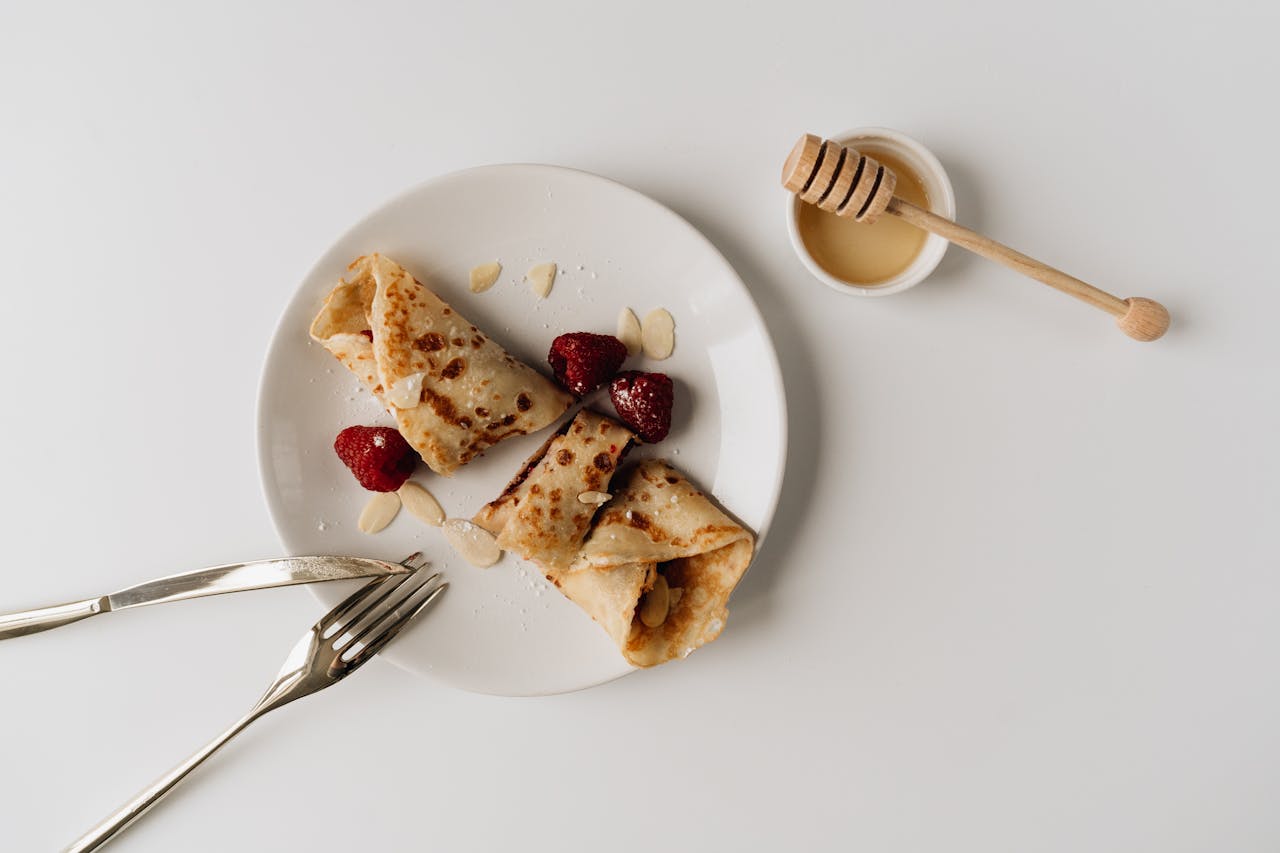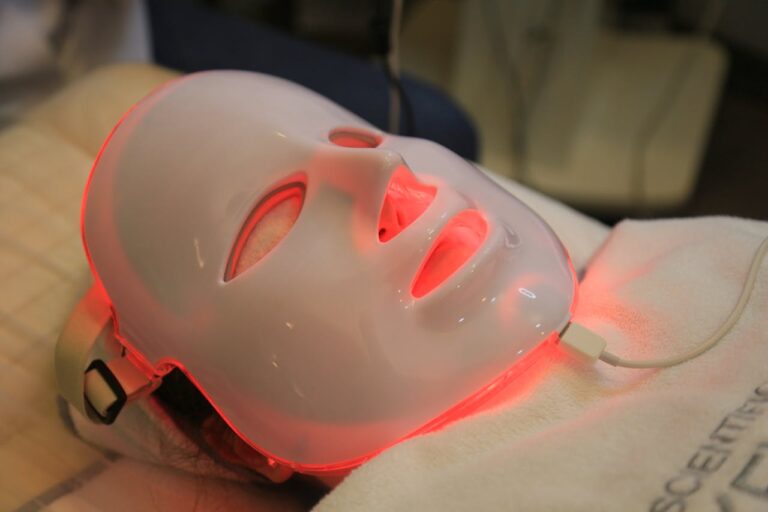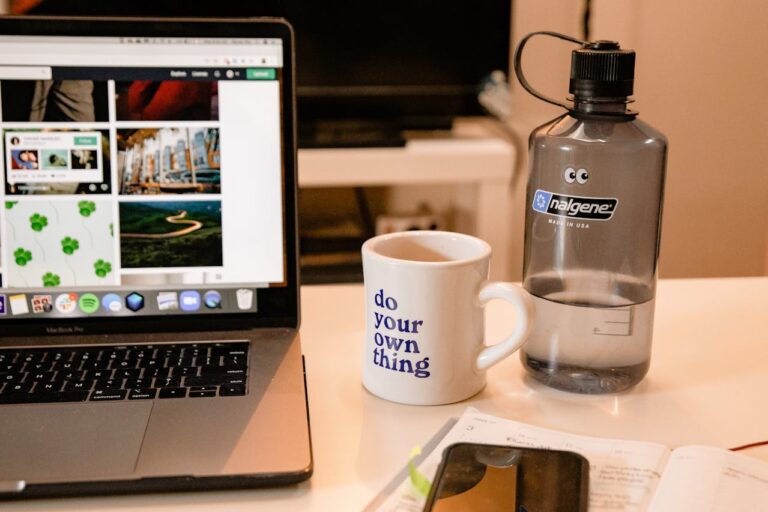Write Us: hello@ali5.org
What a Balanced Plate Really Looks Like (No Calorie Counting Required)
Learn what a truly balanced plate looks like without calorie counting. Discover simple portion tips and food combinations for better health and energy.

We’ve been told for years to keep track of everything we eat, count calories, measure amounts, and write it all down in an app. This may work for some, but for most people, it’s too hard, takes too much time, and can’t be kept up. The truth? You don’t need a computer to eat well. You just need to know how to make a plate look even.
Without worrying too much about the numbers, a balanced plate gives your body the right amount of carbs, protein, healthy fats, fiber, and vitamins. It gives you energy, is good for your health, and makes you happy. The best part? You don’t have to think about math to enjoy food.
Let’s go over the steps for making one.
Why Balance Is More Important Than Calories
Calories are just units of energy. Two meals with the same number of calories can have very different effects on your body. For instance, a 500-calorie donut and a 500-calorie grilled chicken salad are not the same when it comes to protein, feeling full, or how they affect your blood sugar.
A healthy plate looks at the quality of the nutrients as well as the number of calories. It helps to have the right mix:
- Don’t lose your strength.
- Take care of your muscles
- Help your digestion
- Cut down on cravings
- Focus and keep your mood stable
If your plate is balanced, your body will easily control your hunger better, so you don’t have to keep track of calories.
The Formula for a Balanced Plate
You can think of your plate as a simple guide. The general plan is shown below:
- Fruit and vegetables (mostly non-starchy vegetables) on a ½ plate
- ¼ plate: Protein (from plants or animals)
- Plate: whole grains or greens with a lot of starch
- A thumb-sized amount: good fats
This method works for most people, whether they are cooking at home or getting takeout.
1. Put half of your plate full of vegetables
- A plate that is well-balanced starts with vegetables. They are full of antioxidants, fiber, vitamins, and minerals that your body needs for everything from skin health to defense.
- Vegetables that aren’t sugary, like broccoli, cauliflower, spinach, bell peppers, zucchini, and carrots, fill you up without making your blood sugar rise.
- Adding fruit to this half can also be fun. For natural sweetness, try berries, apple slices, orange segments, or mango chunks.
Tip: Try to get a range of colors. You should eat a lot of different colors on your plate.
2. Draw a quarter, Protein
You need protein to keep your muscles strong, make hormones, and feel full longer. Most portions are about the size of your hand.
Good sources:
- Turkey, chicken, fish, and lean beef
- Eggs
- Tempeh and tofu
- Beans, lentils, and chickpeas
- Sour cream or cottage cheese
Protein slows down processing, which keeps you full and keeps you from eating too much later.
3. Add a quarter of the vegetables or whole grains that are starchy.
Carbs are good for you; your body needs them to stay alive. Picking good carbs that give you fiber, vitamins, and steady energy is important.
For example:
- Oats, brown rice, quinoa, and whole-wheat pasta are all whole foods.
- Pumpkin, corn, peas, sweet potatoes, and butternut squash are all starchy veggies.
- White bread, sweets, and refined carbs that make you crash in energy are all things you should stay away from.
4. Put in some healthy fats
Fat isn’t bad; you need it. Healthy fats help the brain work, keep hormones healthy, and absorb nutrients. The key is to watch your portions. Aim for about 1 to 2 tablespoons, which is about the size of your thumb.
Where it came from:
- Coconut oil, olive oil
- Avocados
- Seeds and nuts
- Butters made from nuts
- Oily fish, like salmon
Examples of Plates That Are Balanced in Real Life
It’s okay to eat sometimes that’s not good. Most of the time, you should make fair choices. Here are some easy recipes for meals:
Breakfast:
- Spinach, mushroom, and tomato omelet with protein and vegetables
- Acai (healthy fat) on whole grain toast (carbs).
- Side of berries
Lunch:
- Chicken on the grill (protein)
- Mixed greens, onion, and peppers in a quinoa salad (carbs and veggies)
- Dressing with olive oil that is good for you
Dinner:
- Salmon baked in a pan (protein and good fat)
- A sweet potato that has been roasted
- Green vegetables like broccoli and carrots are steamed
How to Use This Without Thinking Too Much
- Follow your plate. Don’t weigh or keep track; just try for the right proportions.
- Pay attention to signs of hunger. Don’t eat too much; just until you’re full.
- Don’t be rigid. It’s fine if you eat more carbs some days and more protein other days.
- Based on what you have, make changes. Frozen vegetables are fine. Beans from a can work. It does not need to be fancy.
What People Don’t Know About Eating Balanced
Myth 1: If you want to be healthy, you should stay away from carbs.
The truth is that glucose is what powers your muscles and brain. If you want steady energy, choose good carbs.
Myth 2: Eating well costs a lot of money.
Frozen veggies, dried beans, and whole grains that are bought in bulk are cheap and good for you.
Third myth: Every day you should eat the same thing.
Variety makes meals interesting and gives you a wider range of nutrients.
The Change in Mindset
Eating is less stressful and more fun when you stop worrying about calories and instead focus on balance. You don’t have to feel bad about eating out or cooking if you trust your body to tell you what to do.
The balanced plate is not a plan; it’s a guideline that you can follow. Slowly, one enjoyable meal at a time, it helps you change the way you feel about food.
In the end
A well-balanced plate gives your body the right minerals in the right amounts. Just a quarter of your plate should be protein, a quarter should be whole carbs, and the last quarter should be healthy fats. Don’t count calories. There are no hard and fast rules. Simple meals that are good for you and fit your schedule.







